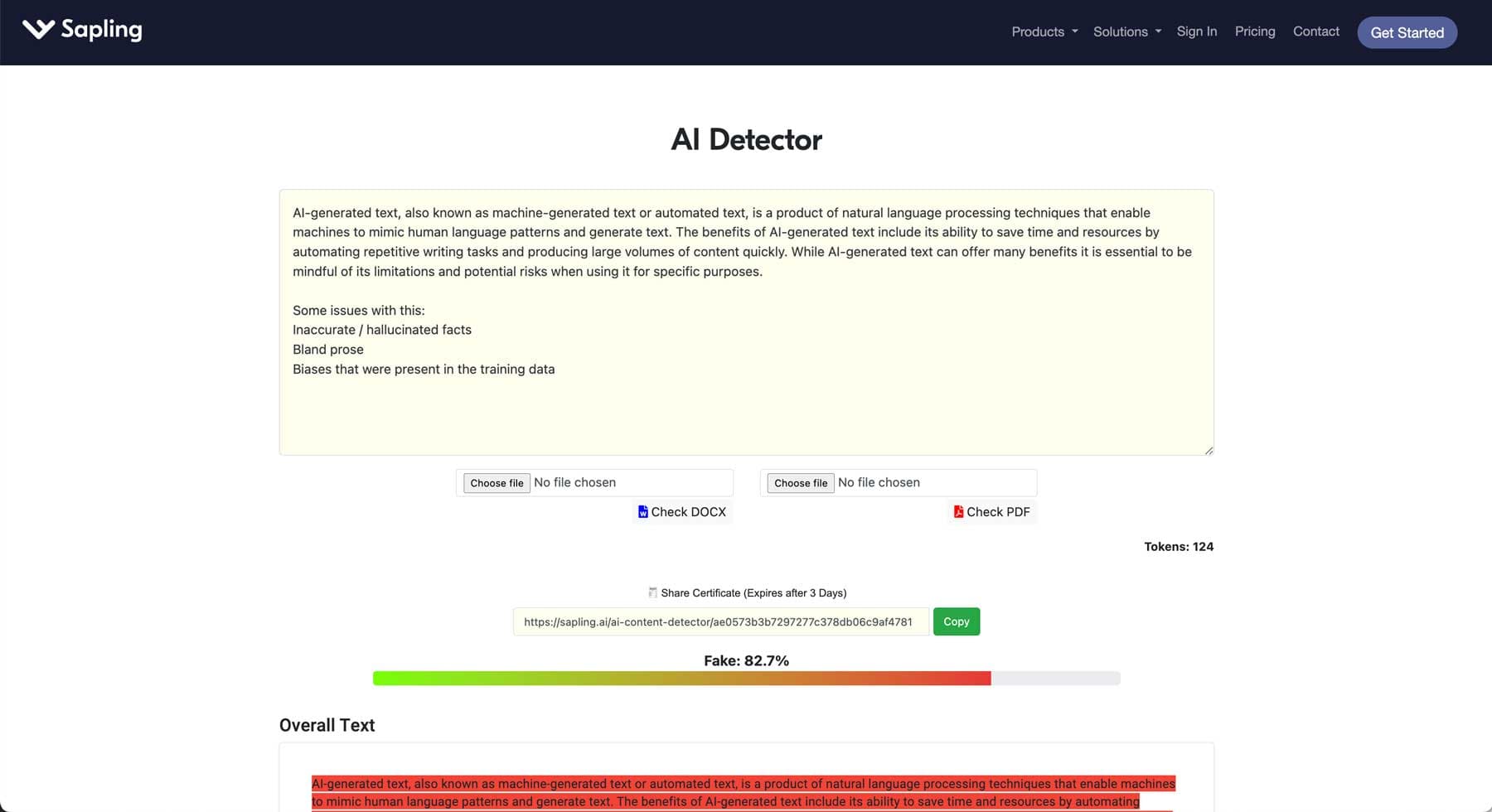Blog
Learning Materials
Research Paper Citation: A Comprehensive Guide
Updated: May 29, 2024

Research Paper Citation: A Comprehensive Guide
Have you ever wondered why citations are so crucial in research papers? It's easy to feel overwhelmed by the different citation styles and rules. Proper citation in research papers not only lends credibility to your work but also supports academic integrity and helps avoid plagiarism. In this comprehensive guide, we'll explore the importance of research paper citation, delve into various citation styles like APA, MLA, and Chicago, and provide tips on choosing the right style for your paper.
Understanding the Importance of Research Paper Citation

Citations in research papers are not just formalities; they are essential for maintaining academic integrity. By acknowledging the work of others, citations provide a foundation for researchers to build upon, ensuring that credit is given where it's due.
Moreover, citations serve as a roadmap for readers to trace the origin of ideas and verify the research's credibility. This transparency is crucial in scholarly work, as it allows the academic community to evaluate, replicate, or challenge the findings presented.
How Citation Prevents Plagiarism in Research Papers

Proper citation is a straightforward defence against plagiarism, which is the unacknowledged use of someone else's work. By clearly indicating the source of the information or ideas, researchers uphold the ethical standards of academia and avoid the serious repercussions of committing plagiarism.
Ethical Information Use and Research Paper Citation

Ethical use of information in research papers hinges on proper citation practices. Citations respect intellectual property rights and demonstrate a scholar's commitment to contributing to a transparent and verifiable academic discourse. This ethical approach not only enhances the paper's authority but also fosters a culture of trust and respect in scholarly communication.
What is a Citation in Research Papers?
In academic research, a citation is essentially a reference to a source of information that has influenced your work. It points readers to the original source, allowing them to verify the information and explore further. Citations are crucial in research papers as they lend credibility and demonstrate a respectful acknowledgement of the intellectual contributions of others.
The function of a citation goes beyond mere referencing; it is integral in supporting scholarly communication. By providing clear citations, researchers:
- Give credit to original ideas,
- Enable others to locate the sources easily,
- Uphold academic integrity by preventing plagiarism.
This system of referencing is fundamental in fostering a robust and ethical research environment.
Choosing the Right Research Paper Citation Style
Choosing the right citation style for your research paper can be a pivotal decision, affecting both the clarity and credibility of your work. Different academic disciplines prefer specific citation styles that best suit their particular needs and types of sources. For instance, humanities often prefer MLA, while social sciences go for APA or Chicago depending on the context.
It's essential to consider the requirements or preferences of your academic institution or the journal to which you are submitting your paper. Consistency in using the chosen style throughout your paper ensures a coherent presentation of your research and supports your credibility as a researcher.
Formatting Research Papers with APA Citation Style

APA style, established by the American Psychological Association, is predominantly used in psychology, education, and other social sciences. It provides a clear method for formatting research papers and citing sources to enhance readability and maintain academic integrity.
Key elements include in-text citations and a reference list at the paper's end. For example, in-text citations should include the author's surname and publication year (Smith, 2021). The reference list must be alphabetically ordered, offering full information about the sources.
Mastering MLA Citation Format for Research Papers
MLA style, governed by the Modern Language Association, is widely adopted in humanities, especially in literature and language studies. It emphasizes the author-page format for in-text citations, making it easy for readers to find the source in the Works Cited list at the document's end.
For instance, an in-text citation would appear as (Doe, 120) indicating the page number. The Works Cited page should list sources alphabetically by the author's last name, ensuring all entries are double-spaced and use a hanging indent.
Using Chicago Style for Research Paper Citations

Chicago style offers two primary citation methods: Notes-Bibliography and Author-Date. This style is versatile, used widely across both the humanities and the sciences, providing a comprehensive framework for citing a wide range of sources.
In the Notes-Bibliography system, citations are provided in footnotes or endnotes each time a source is referenced. For example, a footnote might detail the author's full name, the source title, and publication details. A corresponding bibliography lists all sources alphabetically at the document's end.
Guide to ASA Citation Style in Research Papers

The American Sociological Association (ASA) style is specifically designed for sociological research papers. It provides a comprehensive framework for formatting and citing sources, ensuring that all scholarly work adheres to a consistent and professional standard. This style is crucial for students and researchers in sociology, as it helps maintain a clear and organised presentation of their work.
Key elements of ASA citation style include:
- In-text citations that typically include the author's surname and the publication year,
- A detailed reference list at the end of the document that is alphabetically ordered. These practices not only support the credibility of the research but also guide readers in locating and verifying sources efficiently.
Resources for Creating Bibliographies and Research Paper Citations
When writing research papers, creating accurate bibliographies and citations can be time-consuming. Fortunately, there are tools and resources designed to simplify this process. Citation generators automate the creation of bibliographies, ensuring that all entries are consistent with the selected citation style. These tools are invaluable for students and researchers who need to manage multiple sources efficiently.
Among the most helpful resources is the online writing lab, which offers comprehensive guides on various citation styles. Additionally, annotated bibliographies can be prepared with the help of specific software that organizes citations and provides a brief summary of each source. This not only saves time but also enhances the quality of the research paper by ensuring thorough documentation and easy verification of sources.
Enhance Your Citations with Samwell.ai's AI-Powered Tools
Samwell.ai revolutionises the way citations are managed in academic papers. With its AI-powered tools, students and professionals can generate citations accurately and swiftly, adhering to any desired format such as APA, MLA, or Chicago. This not only saves time but also ensures that all citations meet the high standards required for academic integrity.
Additionally, Samwell.ai enhances the credibility of your work through advanced plagiarism checks. These tools meticulously scan your document to ensure that all sources are properly acknowledged and that your paper is free of plagiarism. This crucial feature supports academic honesty and provides peace of mind that your work is both original and ethically sound.
Frequently Asked Questions
How do you write citations in a research paper?
In a research paper, citations are written as references to sources of information that have influenced your work. These citations allow readers to trace the original source, verify the information, and explore further. Citations should include key details such as the author's surname and publication year, and they must be formatted according to the specific citation style you are using, such as APA, MLA, or Chicago. Citations serve to give credit to original ideas, enable others to locate the sources easily, and uphold academic integrity by preventing plagiarism.
Is A Research Paper APA or MLA?
The choice between APA and MLA styles for a research paper depends on the subject matter and the requirements of your academic institution or the journal to which you are submitting your paper. APA style is predominantly used in psychology, education, and other social sciences, while MLA style is widely adopted in humanities, especially in literature and language studies. You should choose the citation style that best suits the academic discipline and follow it consistently throughout your paper.
How to APA cite a research paper?
To cite a research paper in APA style, you should include in-text citations and a reference list at the end of your paper. In-text citations typically include the author's surname and the year of publication, formatted like this: (Smith, 2021). The reference list at the end of your paper must be alphabetically ordered and provide full details about the sources, ensuring that each entry includes the author's name, publication year, title of the work, and other relevant publication details depending on the type of source.
How to cite a research paper in MLA?
To cite a research paper in MLA style, use the author-page format for in-text citations, where you include the author's surname and the page number, like this: (Doe, 120). At the end of your document, create a "Works Cited" list that includes all sources referenced in your paper. This list should be alphabetically ordered by the author's last name. Each entry should be double-spaced and use a hanging indent. Ensure that you provide complete details, such as the author's name, title of the work, publication details, and page numbers if applicable.
Generate essays with Samwell.ai
Whether you’re a publisher, professor, journalist, or student, let us tailor a plan just for you.Most Read Articles

Your Guide to Help Writing a Essay Successfully
Expert tips for help writing a essay - from crafting a thesis to structuring your essay effectively.

How to Write Critical Thinking Essay: Expert Tips
Expert tips for writing a critical thinking essay. Learn how to structure, choose topics, and use evidence effectively.'

How to Write a Good Hook: A Step-by-Step Guide
Master the art of crafting a good hook with our guide. Create compelling openers for a memorable first impression.
